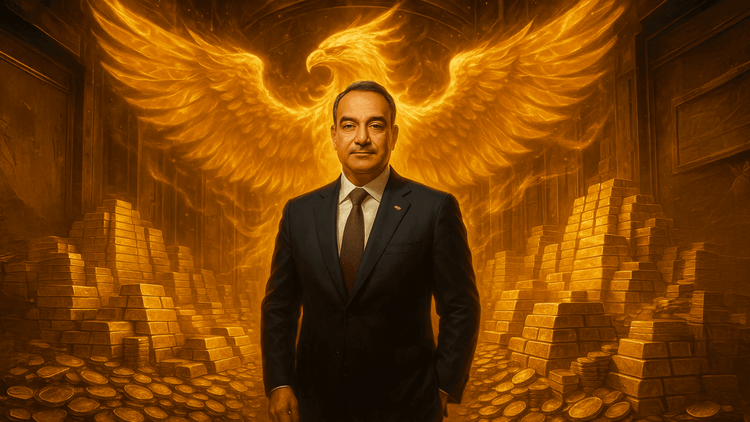Sprott’s Outlook on Uranium, Copper, and Gold for 2025
Critical metals surge as geopolitical shifts and energy demands reshape the global economy in 2025.

As global industries pivot towards greater self-reliance and sustainability, 2025 is shaping up to be a pivotal year for critical metals. Sprott’s latest special report underscores how deglobalization, energy security, and geopolitical tensions are reshaping markets for uranium, copper, and gold. The report also highlights broader trade conflicts and political shifts as key drivers of volatility in commodity markets.
Energy Security Fuels Demand for Critical Metals
Rising protectionism and trade decoupling have spurred nations to prioritize energy independence. This trend, coupled with accelerating electrification efforts, has driven up demand for critical metals such as uranium, copper, and silver. According to Sprott, energy policies increasingly reflect populist ideologies, with nations scrambling to secure resources and reduce foreign dependencies.
Uranium: A Cornerstone of the Energy Transition
Nuclear energy, with its zero-emission profile and baseload reliability, is gaining traction as a cornerstone of the energy transition. The uranium market, already bullish, is expected to thrive in 2025. Sprott’s report notes a structural deficit in uranium supply, exacerbated by geopolitical instability in producing regions like Niger and Russia.
“Utilities are grappling with depleted inventories and a lack of comprehensive procurement strategies,” Sprott stated. Moreover, the cascading effects of limited conversion and enrichment capacities are driving up prices across the supply chain.
Copper: The Lifeblood of AI and Electrification
Copper’s omnipresence in the infrastructure of AI and electrification cements its role as one of the most compelling commodities of 2025. Despite its critical importance, the market faces significant challenges, including declining ore grades and insufficient investment in new production. Sprott predicts that the supply deficit will widen, further pressuring prices. Additionally, smelting overcapacity and tight concentrate availability are likely to exacerbate bottlenecks.
Gold Shines Amid Inflation and Geopolitical Tensions
Gold’s performance in 2024, driven by a 27% price surge, is expected to continue in 2025. Central banks are increasing their gold reserves as they diversify away from the US dollar, while inflationary pressures and geopolitical instability provide additional support for the precious metal.
Sprott’s analysis suggests that gold will remain a key asset for investors seeking to hedge against economic uncertainties and policy shifts.
EVs and Renewable Energy Face Policy Uncertainty
The shift in US energy policy under President Donald Trump has introduced new uncertainties for electric vehicles (EVs) and renewable energy projects. Proposals to eliminate EV tax credits and redirect funds from clean energy initiatives could disrupt growth. However, momentum in the renewable sector is expected to sustain progress despite these headwinds.
Conclusion: Navigating a Volatile Landscape
The metals market in 2025 is defined by a complex interplay of energy security, geopolitical tensions, and technological advancements. As nations double down on resource nationalism and supply chain resilience, critical metals like uranium, copper, and gold are poised to play central roles in shaping the global economy. Investors should remain vigilant, adapting to the challenges and opportunities of this transformative era.






